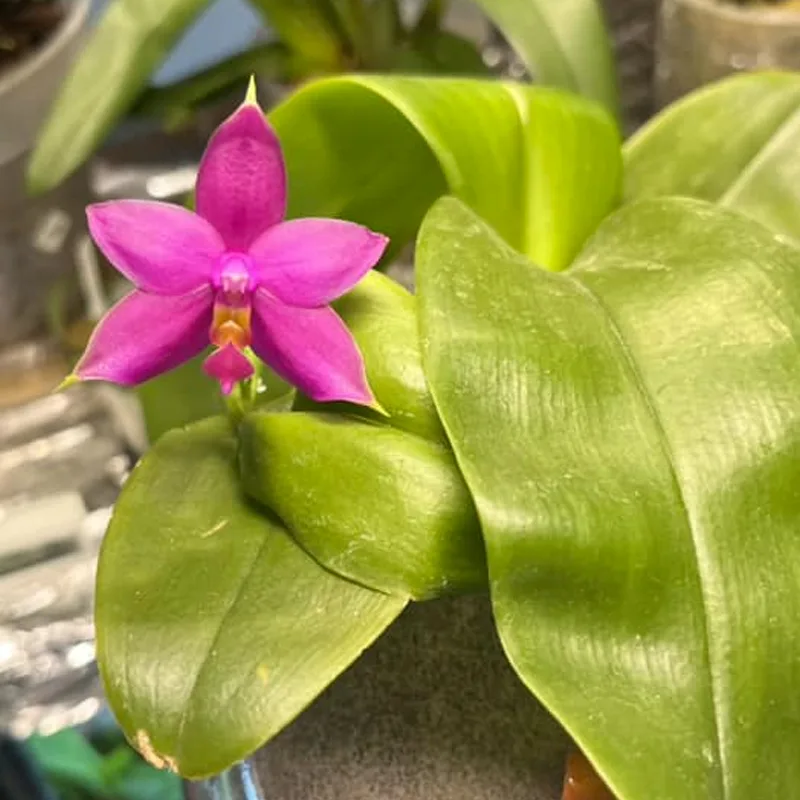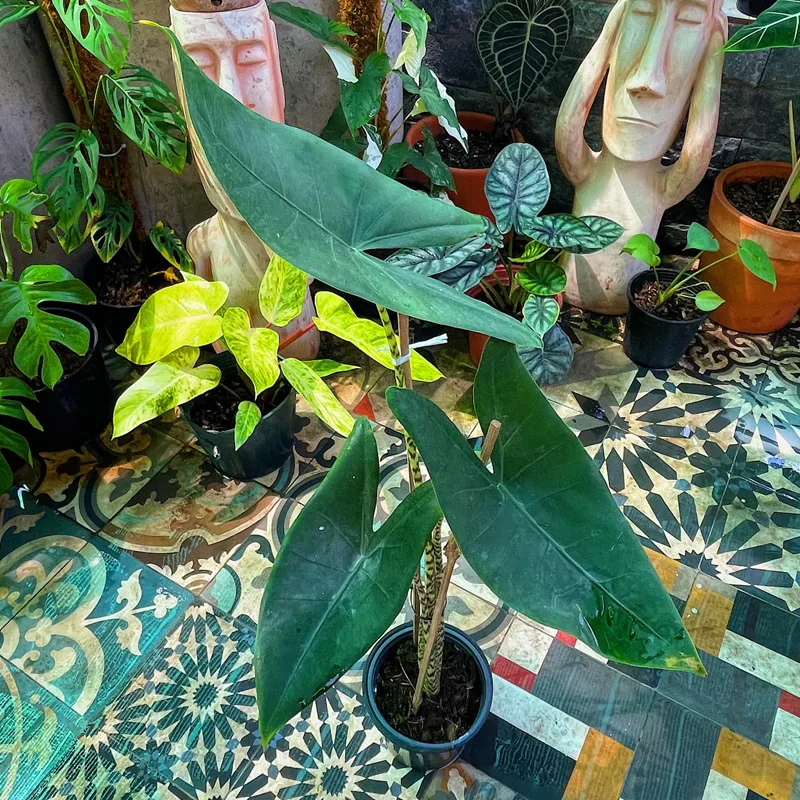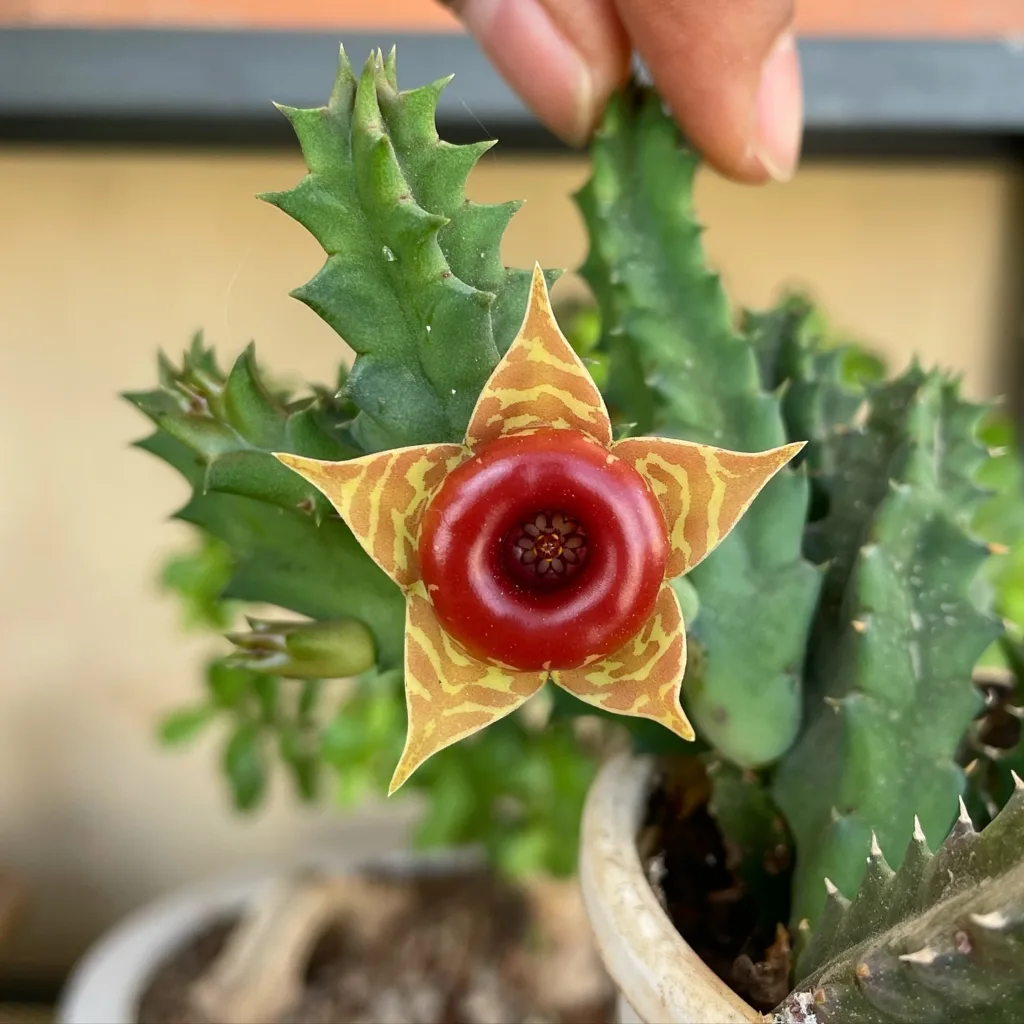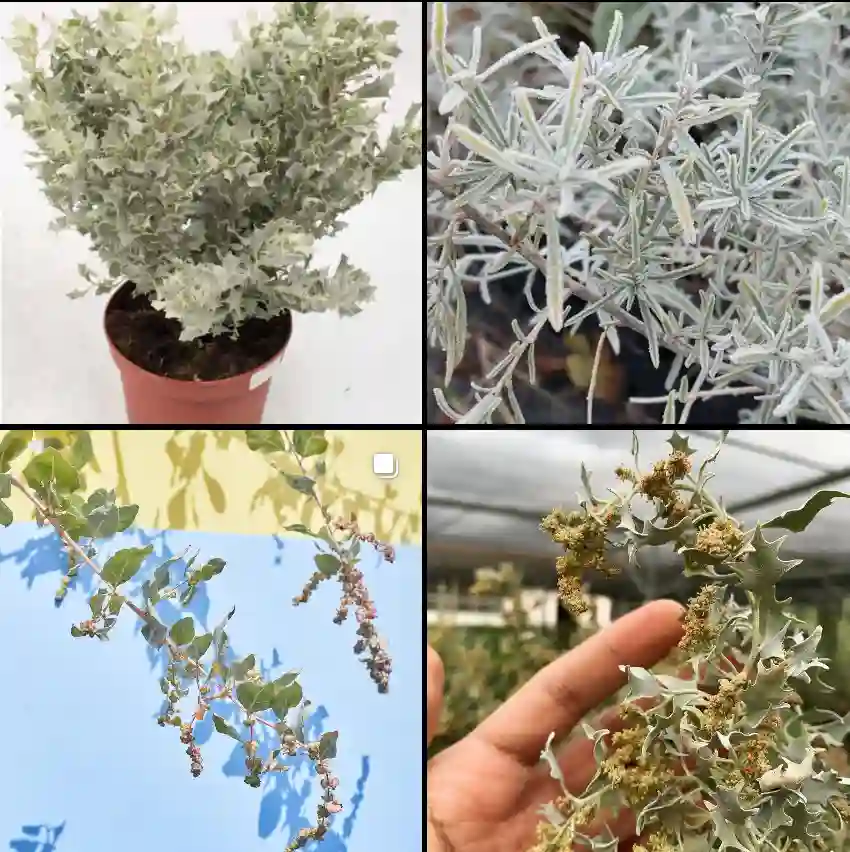Ajania Pacifica: FAQs and Essential Guide
When I first came across Ajania Pacifica, I was curious to learn more about this unique plant. From its care requirements to its compatibility with other plants, here’s a comprehensive guide to help you understand Ajania Pacifica and ensure it thrives in your garden.
What Is Ajania Pacifica?
Ajania Pacifica, also known as Pacific Chrysanthemum, is a charming perennial plant valued for its vibrant foliage and striking flowers. It belongs to the Asteraceae family, which includes sunflowers and daisies. This plant is native to Asia and is appreciated for its ability to brighten up garden spaces with its colorful, daisy-like blooms and lush green leaves.
Plant Family: 1720 Genera in Asteraceae
How to Care for Ajania Pacifica?
Caring for Ajania Pacifica involves a few key practices to keep it healthy and flourishing:
- Light Requirements: Ajania Pacifica thrives in full sun to partial shade. Ideally, it should receive at least 6 hours of direct sunlight daily. If grown in partial shade, it may have fewer blooms but will still maintain its attractive foliage.
- Soil: This plant prefers well-draining soil. A mix of garden soil and compost works well. Ensure that the soil is not too heavy or clayey, as this can lead to root rot.
- Watering: Ajania Pacifica needs regular watering, especially during dry spells. However, it’s crucial not to overwater. Allow the top inch of soil to dry out between waterings. In general, once a week should be sufficient.
- Temperature: It’s fairly resilient to different temperatures but does best in moderate climates. It can handle a range of temperatures but should be protected from extreme cold.
- Fertilization: Feed the plant with a balanced, all-purpose fertilizer during the growing season (spring and summer). Avoid over-fertilizing, as this can lead to excessive leaf growth at the expense of flowers.
How to Propagate Ajania Pacifica?
Propagation of Ajania Pacifica can be done through both seeds and cuttings:
- Seeds: Sow seeds in early spring. Plant them in a seed tray with well-draining soil, lightly covering them. Keep the soil moist but not soggy. Once seedlings are strong enough to handle, transplant them to their final location.
- Cuttings: Take cuttings from healthy plants in late summer. Ensure the cuttings are around 4-6 inches long with a few leaves. Dip the cut end in rooting hormone and plant in a pot with well-draining soil. Keep the pot in a warm, bright area and maintain soil moisture until roots develop.
What to Plant With Ajania Pacifica?
Ajania Pacifica pairs beautifully with a variety of other plants. Here are a few suggestions:
- Ornamental Grasses: Plants like Fountain Grass or Blue Fescue add texture and contrast to the vibrant colors of Ajania Pacifica.
- Perennials: Consider pairing with other perennials like Echinacea or Black-eyed Susans for a complementary look.
- Ground Covers: Low-growing ground covers such as Creeping Thyme or Sedum can fill in gaps and add a lush, green base.
Is Ajania Pacifica Toxic?
Ajania Pacifica is generally considered non-toxic to humans and pets. It’s always a good idea to monitor pets to ensure they don’t munch on the foliage, as large amounts of any plant material can potentially cause mild digestive upset.
Benefits of Ajania Pacifica
Ajania Pacifica offers several benefits:
- Aesthetic Appeal: Its bright, daisy-like blooms add a pop of color to gardens and flower beds.
- Low Maintenance: Once established, it requires minimal care, making it an excellent choice for busy gardeners.
- Attracts Pollinators: The flowers are known to attract bees and butterflies, supporting local pollinator populations.
Common Problems and How to Fix Them
- Powdery Mildew: This fungal disease appears as a white powder on leaves. Improve air circulation around the plant and avoid overhead watering. If the problem persists, treat with a fungicide.
- Pests: Watch out for aphids and spider mites. These can be managed with insecticidal soap or neem oil.
- Root Rot: Caused by overwatering or poorly draining soil. Ensure proper drainage and adjust your watering schedule to prevent this issue.
Compare With Other Similar Plants
- Chrysanthemum: While Ajania Pacifica is often compared to traditional Chrysanthemums, it generally has a longer blooming period and more vibrant foliage. Traditional Chrysanthemums, on the other hand, are known for their varied flower shapes and colors.
- Coreopsis: Like Ajania Pacifica, Coreopsis is known for its bright, daisy-like flowers. However, Coreopsis usually has a more upright growth habit and is often used in similar garden settings.
Conclusion
Ajania Pacifica is a delightful addition to any garden with its vibrant flowers and easy care requirements. Whether you’re a seasoned gardener or a novice, this plant can offer beauty and ease with just a bit of attention to its needs. By understanding its care, propagation, and plant companions, you can ensure that Ajania Pacifica will be a standout feature in your garden for years to come.
If i die, water my plants!



